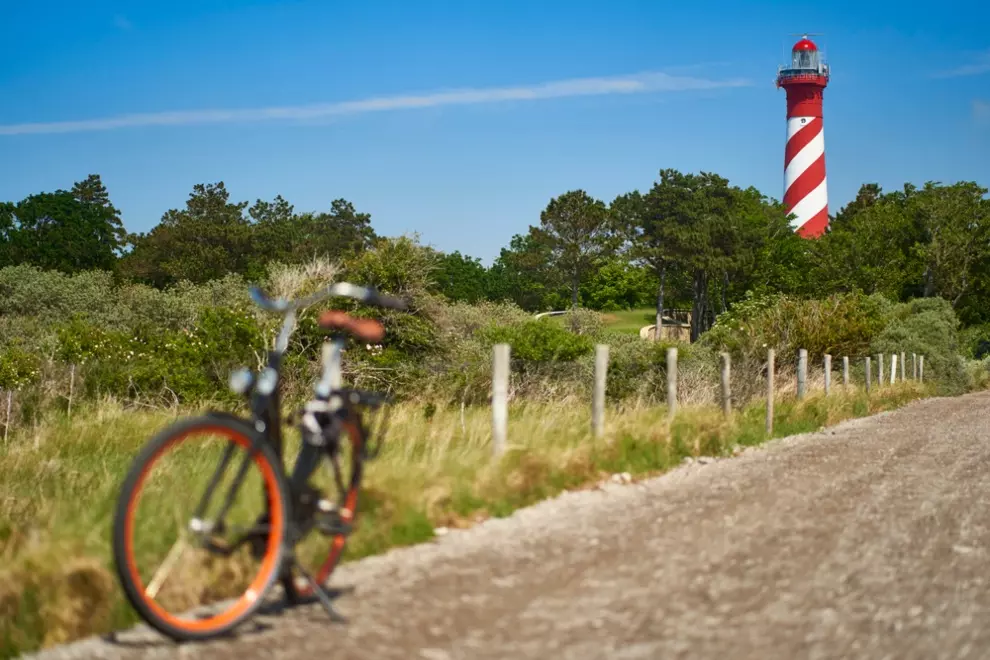Separate hydration and energy intake
Cycling in hot weather sharply increases your sweat rates, so you could be producing up to 1.5 litres of sweat per hour. Replacing 100% of the fluid you lose through sweat is not realistic, but you should always aim to replenish enough to limit your fluid weight loss to about 2% of your total body weight.
One way to improve your hydration is to separate it from your energy intake. This allows you to increase fluid intake without overwhelming your gut with excess calories and sugar. Consuming more than 60-90 g of mixed sugars per hour can lead to nausea, especially in hot conditions where reduced blood flow to the gut can slow absorption.
Drink 2 bottles of fluids per hour
Typically, endurance cyclists should consume 600-1,200 ml of fluid per hour, which is equivalent to 1-2 medium-sized bidons. In hot conditions, this should be increased to 1,500-1,800 ml or 2-3 bottles. It can be quite hard to get that much liquid in, so you need to practice this.
Also, keep an eye on electrolyte intake too. Aim for 500-700 mg of sodium per hour, which can be sourced from both food and sports drinks. This will help you avoid hyponatremia, a low concentration of sodium in the blood. Don’t push it higher, as too much sodium can lead to nausea.
Choose the right sports drink
Drinking water may be enough for rides lasting around an hour, but if you’re planning to ride in a hot environment for longer, you should be taking a sports drink with you. Here are the main things to look for in a sports drink.
- Go for hypotonic sports drinks. These have low osmolality, which means they get absorbed very quickly. This helps you speed up hydration and reduces the risk of gastric discomfort in the heat.
- Choose a light and slightly diluted taste with a tart flavour, which will encourage frequent drinking. A strongly flavoured drink would be overwhelming and you wouldn’t want to drink it often enough.
- Look for a short ingredient list. The primary ingredients you want to see are sugars, sodium, potassium, and flavouring.
Pour water on yourself
Water will benefit you not only from the inside but on the outside too. It doesn’t matter if that fluid on your skin came from your sweat glands or a water bottle, it will still help cool you down. This can be a big help on the bike because pouring water on yourself can help reduce your sweat rate and preserve more blood volume so you stand a better chance of maintaining good hydration levels. You can even use ice for this. If you have the option like the pros on the Tour de France, stick a few pieces of ice in your jersey and it will help cool you down and make you wet.
Wear light clothing
Summer cycling clothing should be lighter in colour because it reflects more heat than darker colours. Choosing light-weight materials also helps increase airflow to the skin and improves moisture wicking. Don’t hesitate to unzip your jersey to allow heat to escape more easily. Sleeveless jerseys can help with that as well.
Know what to do in a heat crisis
Even with the best preparation, mistakes can always happen and you may be facing a heat crisis on the bike. The most common sign of this is nausea. If you overheat, your intestines slow down and all the food and fluids you took in sit there sloshing around, creating gas and discomfort. If you notice this happening, do the following three things:
- Slow down: This can help reduce the internal heat your muscles are producing, which can often be enough to cool back down. But try not to stop unless you feel you have to, because if you keep moving, you will get to the next aid station or home sooner.
- Get your skin wet: If you have water to spare or find a body of water in nature, hop inside. This will accelerate the cooling process.
- Sip plain water: You have to be careful not to overload your gut during a crisis. Forget about food or even sports drinks. Stick to water. Smaller sips will also be safer than drinking a lot at once.
If you prepare well and understand what to do when a heat crisis is coming on, you will be able to ride in the heat safely. Next time, we will take a look at what to do after that kind of a ride, so you recover quickly.







